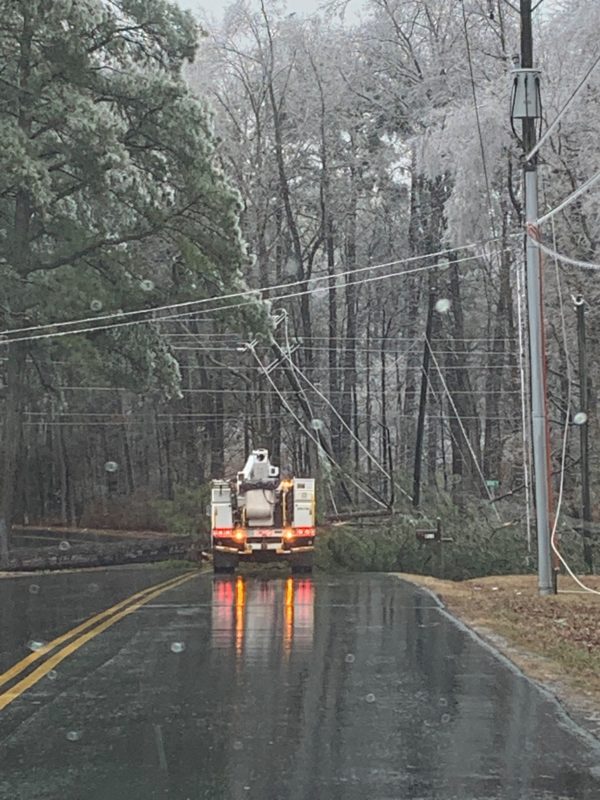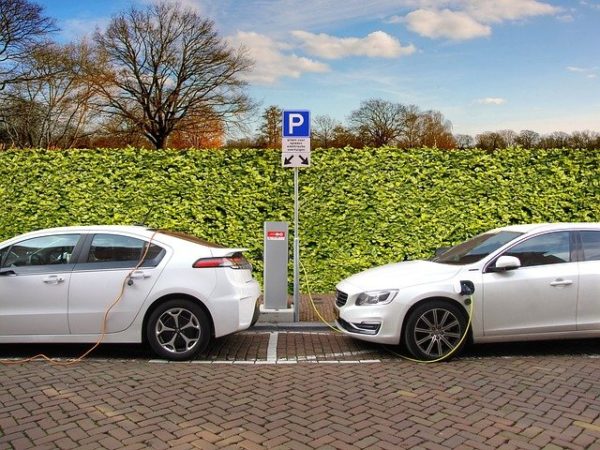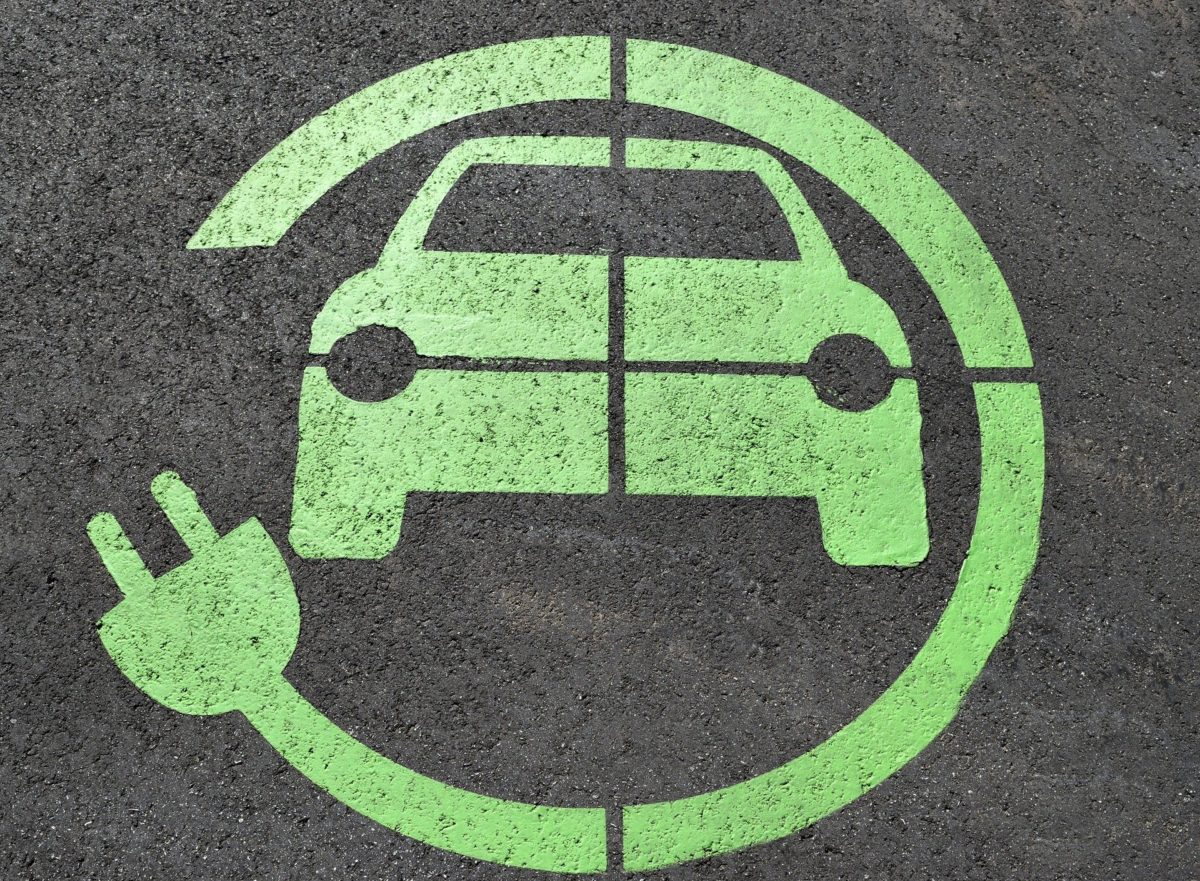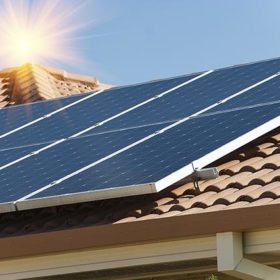Potomac Edison, a unit of FirstEnergy Corp., received approval from the Maryland Public Service Commission for two battery energy storage projects in Allegany and Frederick counties, the latter of which will be paired with a new electric vehicle (EV) fast-charging station.
Potomac Edison proposed the two projects in response to the state’s Energy Storage Pilot Program, which was established in 2019 to examine new technologies that could have a transformative impact on electric distribution systems. The program required all investor-owned electric utilities to submit at least two energy storage proposals for the commission’s consideration.
Service reliability
The 1.75 MW, 8.4 MWh battery energy storage project in Allegany County would provide back-up power to more than 1,000 customers in Allegany and Washington counties during outages, enhancing service reliability in an area west of the town of Hancock.
The circuit is located in a rural area and has suffered from challenging tree-related reliability issues. Tree trimming alone is not expected to be enough to improve reliability across the circuit. The battery will offer islanding capability, providing power to customers in the event of loss of power at the local substation or a fault on the line. The battery is an alternative to building a connection to another circuit, which Potomac Edison said could cost $1.9 to $2.06 million.

Potomac Edison plans to partner with storage developer Convergent Energy + Power on the project. Under an early agreement with Convergent, Potomac Edison would have been able to reserve the system (and charge it to full capacity) for up to 20 days each calendar year. The utility said that would be sufficient to cover all high-risk days based on historical weather and outages. Following an objection from the regulatory commission’s staff, however, Convergent raised the number of available days to 50.
The project is expected to participate in PJM wholesale markets, but no revenues will flow directly to the utility or its customers. Instead, revenues will lower the annual contract price. All market risk remains with the contractor, Convergent.
Potomac Edison estimates a total cost of the project at $5.55 million over a 10-year period. Potomac Edison also foresees that the project will produce benefits equal to around $3.5 million.
BESS and EV charging
In the second project, Potomac Edison will install a battery energy storage system at the Maryland Department of Transportation Park and Ride Lot in Urbana, located in Frederick County. The project will be adjacent to a new Potomac Edison electric vehicle (EV) fast-charging station, located near the Interstate 270 and Route 80 interchange, and will bundle battery energy storage with EV charging.
Owned and operated by Potomac Edison, the $1.1 million system will include a 500 kW battery. The BESS would provide 1,000 kWh during a two-hour discharge period, providing around eight hours of DCFC EV charging at a charging rate of 125 kW, and require 4.8 hours to charge to full capacity.

Image: Pixabay/joenomias
Potomac Edison also intends to use the BESS for demand management, frequency regulation, and energy arbitrage (via PJM markets); revenues earned will offset the overall costs of the BESS.
In the event of an outage, the Urbana fast-charging station will be able to run off of battery-supplied energy. The battery system is expected to provide 1,000 kWh of energy.
Potomac Edison estimates the cost of the Urbana Proposal at around $1.1 million for capital costs and another $1 million of O&M costs through December 2036, including a 25% contingency. The utility estimated quantifiable benefits of $305,626, including air emissions reductions; public health adverse-impact reductions; peak shaving; EV charging payments; energy arbitrage; PJM markets; and reliability.
Ratepayer interest?
In comments, both the staff and the state’s Office of People’s Counsel (OPC) voiced concerns with the proposed project’s low benefit-to-cost ratio. After several adjustments, OPC calculated the present value benefit-to-cost ratio at 0.07. It said that the low benefit-to-cost ratio casts doubt on whether the project is in the ratepayer interest.
OPC also estimated that the charging station will, as a result of round-trip efficiency losses, result in a “substantial increase” in carbon dioxide emissions, which it estimated at 1.1 tons of increased carbon dioxide emissions in the first year of operation. OPC argued that Potomac Edison improperly claimed emissions benefits during periods when the project is participating in PJM’s RegD market, during which OPC said the project would likely result in increased emissions.
The commission concluded that the Potomac Edison projects appear well conceived to produce valuable additional data and experience which will form the foundation for the next phase of utility-scale energy storage in Maryland.
Two commissioners—Jason Stanek and Mindy Herman—offered a partial dissent to the order, saying that the potential benefits of pairing a lithium-ion battery with an electric vehicle DC fast charger, when compared to the costs, “is concerning.”
They said that it “appears unlikely” that the costs to develop, operate, and maintain the project will be offset by the projected benefit streams, some of which are “unquantifiable.” They also expressed concern over the possible rise in air emissions. They said “with a projected cost-effectiveness ratio at or near zero, we do not find that spending several million dollars in ratepayer funds to develop this project is in the public interest.”
This content is protected by copyright and may not be reused. If you want to cooperate with us and would like to reuse some of our content, please contact: editors@pv-magazine.com.









The basic issue here…. is the PUC interested in eliminating pollution or looking at “lowest cost” only… if it is the latter… why do ANYTHING AT ALL…
First…. does the PUC HAVE ANY PLAN FOR Elimibating Pollution by (whatever they propose to tbe public)… once this is done … then they need to
come up with a PLAN for shutting down Polluting Facilities and building up the Non-Polluting Facilities… aka Solar Energy…
Since Solar does not operate between Sunset to Sunrise… THEY must come up with a Plan for meeting this ENERGY STORAGE DEMAND…. but looks like PUC DOES NOT KNOW OR UNDERSTAND HOS TO DO THIS… and are at the mercy of the Utilities, etc… nothing new here…PUC’s have always be Reactive rather than be Pro-active… and THEY are supposed to be the Regulators…